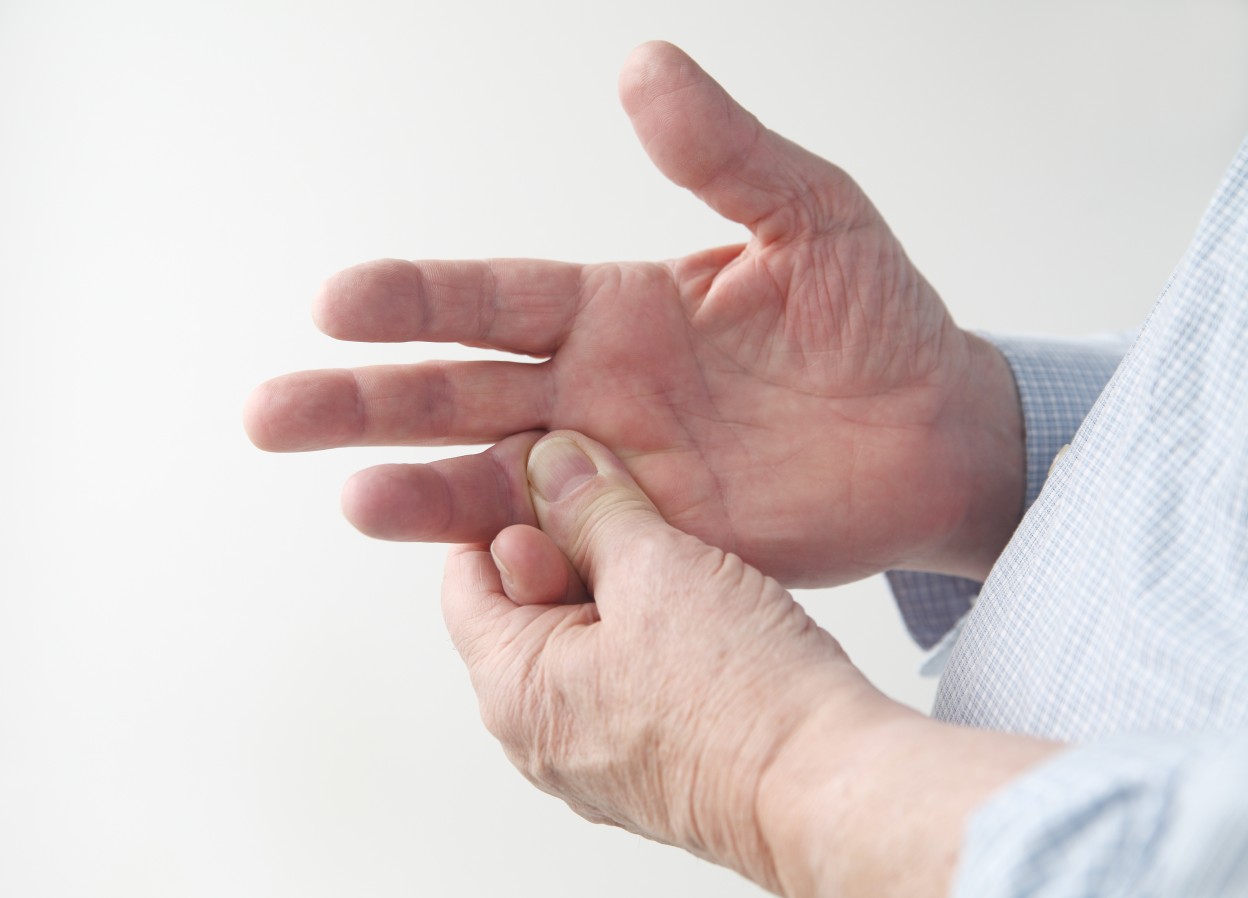Tips for Dealing With Joint Pain When You Have CAD
Written by |

The majority of people with cold agglutinin disease (CAD) — between 80% to 99% — experience chronic joint pain.
Here are some tips for dealing with it.
What is CAD?
CAD is a rare autoimmune disorder in which exposure to cold temperatures (between 32 and 50 F; 0 and 10 C) causes autoantibodies, also called cold agglutinins, to bind tightly to red blood cells and cause them to disintegrate. This leads to a wide range of symptoms, including anemia and joint pain.
What is joint pain?
Joint pain can be in the form of discomfort, pain, or inflammation stemming from any part of a joint, whether cartilage, bone, ligaments, tendons, or muscles. Most commonly, however, joint pain refers to arthritis or arthralgia, which is inflammation or pain from within the joint itself.
In CAD, signs and symptoms such as joint pain can be acute or mild, depending on the severity of the disease. Cold temperatures often trigger or make symptoms worse.
What causes joint pain in CAD?
In CAD, the immune system produces antibodies that mistakenly attack red blood cells in cold temperatures. The binding of antibodies to red blood cells causes them to clump or aggregate before they are destroyed by the immune system. These clumps interfere with blood flow, and can block the small blood vessels. Places where blood vessels come together — such as the joints — can be sore as a result.
If overactivated, the immune system can also start to attack tissues such as joint cartilage by raising inflammation levels, causing arthritis.
Treatment
CAD treatment options aim to relieve or prevent symptoms such as joint pain, although some patients may need treatment for pain specifically. If the pain is mild, over-the-counter medications may help.
If your disease is mild, you may also manage it without medicine by avoiding cold temperatures and, in certain situations, taking adequate precautions. Severe pain, however, may call for stronger, prescribed medicines.
Other tips
The Arthritis Foundation offers some ways to help ease joint pain. Be sure to speak with your physician before using these approaches.
- If the pain is in your neck, place moist heat on muscles to help them relax. Practice slow range-of-motion exercises to help prevent loss of motion and ease pain.
- For elbow pain, it’s important to straighten the elbow, or you could ultimately lose the ability to do so. Use a heating pad or take a warm bath or shower to loosen the joint and relax stiff muscles.
- If your wrists are painful, using a splint during the day may help you perform tasks with less pain. A resting splint at night provides extra support. If the pain persists, work with a therapist to strengthen muscles on the back and side of the arm.
- For finger pain, consider using writing utensils with soft grip covers. If you find it difficult to use a computer keyboard, voice-recognition software may be a good alternative. Also, putty or a stress ball can help to strengthen your fingers.
- For hip problems, practice range-of-motion and stretching exercises to maintain flexibility and ease pain.
- When experiencing knee pain, rest with your knee straight and your heel propped up. A physical therapist can help you strengthen your quadricep muscles for knee support.
- If an ankle bothers you, an in-shoe orthotic can support the foot structure and relieve pain when standing and walking.
- For foot pain, place a small pad behind the ball of your foot to relieve pressure. Wear low-heeled shoes with a roomy toe box.
Last updated: July 2, 2020
***
Cold Agglutinin Disease News is strictly a news and information website about the disease. It does not provide medical advice, diagnosis, or treatment. This content is not intended to be a substitute for professional medical advice, diagnosis, or treatment. Always seek the advice of your physician or other qualified health provider with any questions you may have regarding a medical condition. Never disregard professional medical advice or delay in seeking it because of something you have read on this website.




